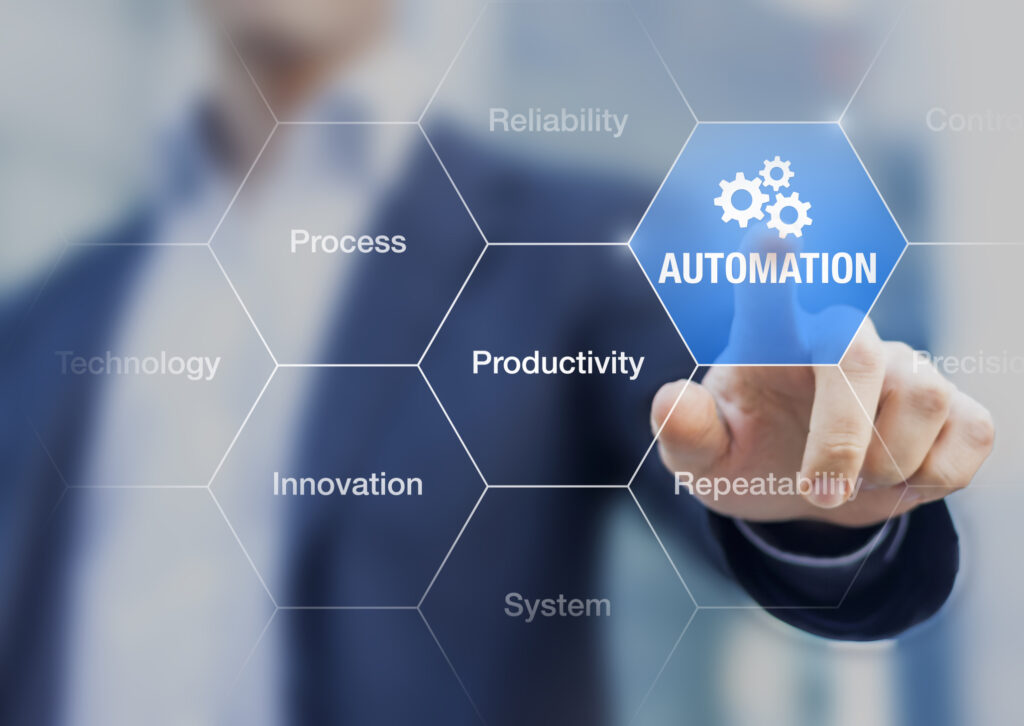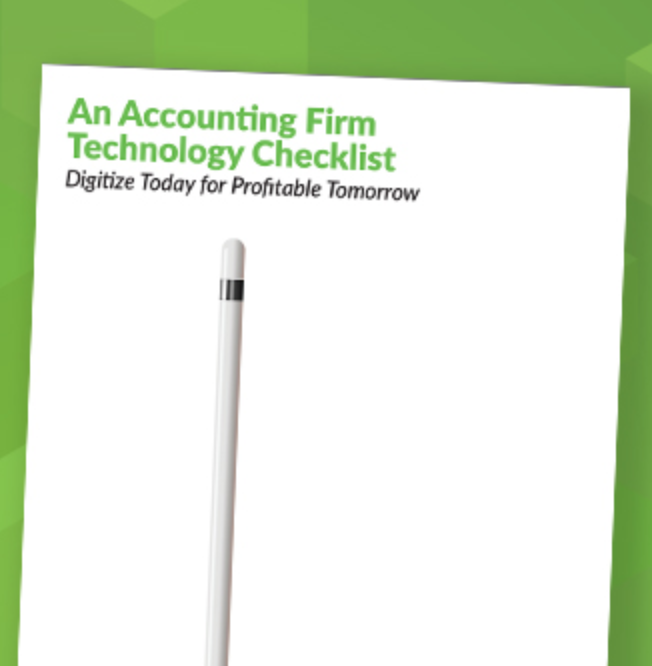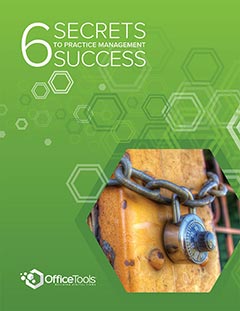
Optimizing Accounting Workflow Automation is the Key to Boosting Productivity After Tax Season
Our profession was on the brink of major transformation before the events of 2020 accelerated accounting workflow trends already in motion.
Clients were increasingly looking to accountants, bookkeepers and tax preparers to provide strategic advice and a wider array of diversified higher-value services, rather than simply filling out paperwork. At the same time, we were seeking greater workplace flexibility so that we could achieve better work-life balance and greater productivity — on the schedule that best suits our health and wellness as well as that of our families and employees.
Firms trying to meet both demands at once came to understand that agility is the secret to business success. Accounting practices must rapidly evolve in order to become more flexible in terms of what they can offer to both clients and staff. Never is this more true than at the outset of the busiest period of the year: tax season. But, where to start? To achieve maximum productivity gains, taking a step back and examining your accounting workflow processes, and how automation can improve them, is a great place to start.
Managing your practice with accounting workflow automation
At first glance, it might seem like the key to achieving greater flexibility is becoming more elastic and spontaneous in designing workflows and managing business processes, but in fact, the opposite is true. Let’s examine a few insights from the science of accounting workflow management to understand why this is the case.
Optimizing accounting practice workflow management for business agility
An accounting workflow can be defined as series of steps that need to be completed so that your firm can accomplish its business activities. Workflows make up everything a firm does — from client projects to internal accounting and payroll processes — whether it’s a simple, discrete task or involves an interconnected pattern of systems and processes.
All businesses, including accounting firms, rely on workflows to get things done. These might have been formally and strategically designed, or they may have evolved haphazardly. And, you might have officially documented the steps within them, or they may exist only within the informal “tribal knowledge” of partners and employees.
But until you devote attention and resources to understanding the accounting workflow process within your firm, you won’t know which of your business processes are most efficient and which are in need of improvement. You also won’t have the insights you’d need to identify star employees, or make the hiring or staff allocation decisions that best suit your business goals. Nor will you be able to skillfully coordinate real-time and asynchronous communications, provide task management resources to geographically distributed teams or monitor data on how individuals contribute to the firms’ overall profitability. All of these are vital for cultivating the flexibility and agility that tomorrow’s accounting will require for success.
Combining process improvements and automated workflow management software for accounting firms
You’ve read how advanced technologies, such as cloud-based practice management solutions, can help firms consolidate vital information, track time and project status and automate resource allocation – all in a single place. However, your purchase decision is only one piece of the puzzle. To implement the right accounting firm management solution, you’ll also need to analyze how your business currently operates. This way, you can accurately identify priorities for improvement.
 Technology innovation is an essential part of managing and growing your accounting firm. Instantly download your free copy of the Technology Checklist to self-evaluate where you stand.
Technology innovation is an essential part of managing and growing your accounting firm. Instantly download your free copy of the Technology Checklist to self-evaluate where you stand.
Identifying the best opportunities for improvement
For many firms, the unanticipated shift to remote work in 2020 made some inefficiencies glaringly obvious. No one would have anticipated that we would remain in the same remote environment this tax season. Because this is the case, nearly everyone will benefit from applying workflow mapping and business process improvement techniques in their accounting practice come spring.
In the video below, we outline the best automation opportunities for the average accounting firms today.
How to begin automating your firm
While the processes described in the video above are great automation candidates, make sure you assess your firm’s unique needs so you can improve the workflows that will be most impactful. Here’s brief overview of the steps involved:
1. Map your accounting workflow processes.
Several different methods of business process and workflow mapping exist, including various forms of documentation at different levels of abstraction. Commonly used workflow map types include flowcharts, swimlane diagrams and value stream maps. In all cases, the workflow map provides a visual representation of the steps, tasks and decisions involved in achieving a certain result. Your map should include only as much detail as you need to capture how work gets done within your firm so that you can identify and remove wasted effort.
2. Analyze workflows and identify priorities for improvement.
Just like with workflow mapping, there are multiple formal techniques for identifying inefficiencies and bottlenecks. These include Root Cause Analysis and the Five Ways method. Or, your team can simply sit down together to discuss any unnecessary steps, redundancies in your workflows.
3. Redesign workflows and document the new steps involved.
The goal is to identify solutions that will produce better outcomes than the processes you currently have in place. It’s here that accounting practice workflow management software can have tremendous benefits. It can automate processes, such as documenting communications or optimizing task management. And, using this kind of solution can remove much of the guesswork and manual effort from the redesign process.
4. Implement the new system.
Change management isn’t easy. First and foremost, you’ll want to communicate clearly with your employees so they understand the new processes thoroughly and can let you know right away if they encounter unexpected problems or obstructions.
5. Review the results and discuss possible future improvements.
When it comes to continuous improvement, the end is only the beginning. While rolling out a new software solution is a finite process, learning to work as efficiently as possible is iterative and ongoing. You’ll want to identify and track key performance indicators (KPIs) that allow you to see how your firm is progressing towards greater profitability, and what could be further optimized.
 Want more accounting practice management tips? Download our free whitepaper 6 Secrets to Practice Management Success for six facets of firm activity that can greatly benefit from best practices and recommendations.
Want more accounting practice management tips? Download our free whitepaper 6 Secrets to Practice Management Success for six facets of firm activity that can greatly benefit from best practices and recommendations.
Redesigning workflows is key when navigating digital (and other kinds of) transformation
There’s no question the events of 2020 have forever changed the way accounting firms will do business. Workflow mapping is vital to understanding the current state of your practice. Optimizing your accounting workflow through automation – especially in conjunction with advanced accounting practice management solutions – can help you adapt them for greater agility and flexibility in the future.